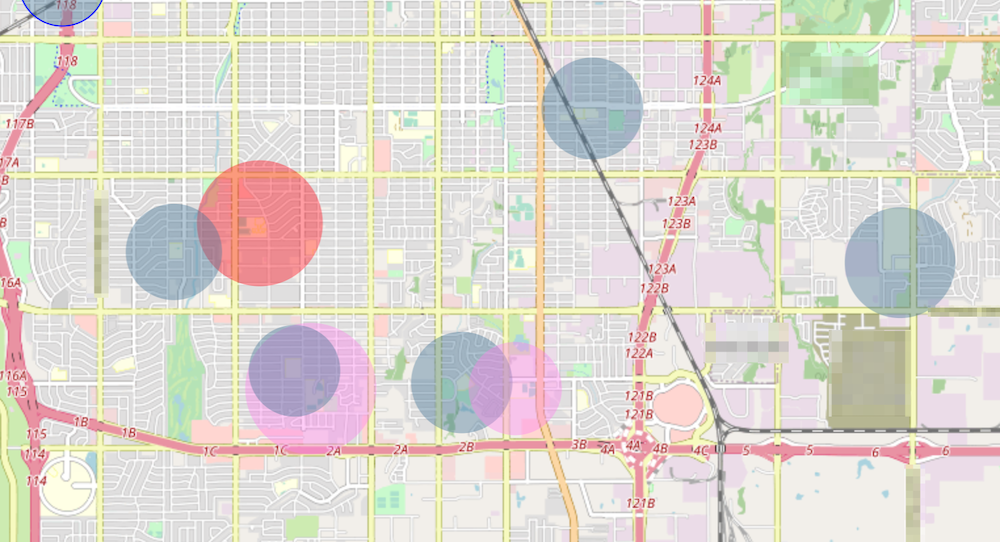Stage 5: Preventing Stage
If you stay with what you have today, will your people feel safer, will you have improved trust and reduced fear?
Will your organization’s and community’s preventing efforts and results be better?
Will you be able to keep up with the increasing challenges, more and more at-risk individuals, and escalating consequences associated with incidents and tragedies?
Based on the increasing numbers of at-risk individuals, incidents, and tragedies, logically and emotionally, most people would say no they cannot afford to stay with what they have today. More specifically, if you can’t achieve Stages 1-4 with your current “solutions” there’s almost no way you can expect to make Preventing efforts better.
In Stages 1 – 4, research and lessons learned from previous incidents provides powerful data that can help organizations and communities, but only if they know about it and then take action to apply it.
Failures & challenges at this stage
In Stage 5 the Preventing Stage, organizations and communities need to be able to focus on their data to identify preventive intelligence and actionable intelligence that can help their Assessment Teams, Intervention Teams, and their First Preventers (employees, students, community members, social media sources, community resources, etc.), however, without a central location to achieve Stages 1-4 and focus on their data, these efforts fail.
Eliminating and reducing the failures & challenges
Data analytics can help Teams to better understand their own successes and failures to make improvements in processes, procedures, policies, actions, awareness, training, updates, and other efforts to improve awareness and engagement of others.
One of the most common preventing failures is not engaging with First Preventers (employees, students, community resources, community members, etc.) prior to incidents and tragedies. Think about it, who does law enforcement always reach out to after an incident or tragedy, the community…which validates why organizations and communities need to build trust within their community to get more input before incidents and tragedies occur. Building trust and opening communication are very important because community members observe the critically needed indicators that can help all 6 Stages of Preventing.
How does Awareity eliminate the scattered, disconnected, and siloed information to make your Preventing Stage successful?
Making your data your superpower.
Utilizing the data analytics tools within the Platform allows Teams to identify patterns and trends, which can be super valuable in making prevention possible. When prevention efforts succeed it is just as important to share successes to ensure future engagement and sustainability. Utilizing data analytics is also one of the best ways to identify resources that were successful and others that are needed to help your organization and community address your specific needs.

First Preventers: Walking, talking, surfing cameras.
Awareity’s “Connecting the Dots” Platform is the only platform offering anonymous, confidential, secure, and trusted ways to more easily connect with your own First Preventers (employees, students, community resources, community members, etc.) to harness what they know and take action to successfully prevent more incidents and tragedies. Think about it, how much more could you prevent if you know what your community members know and if they could easily connect and share indicators with you without the fear of snitching or getting involved?